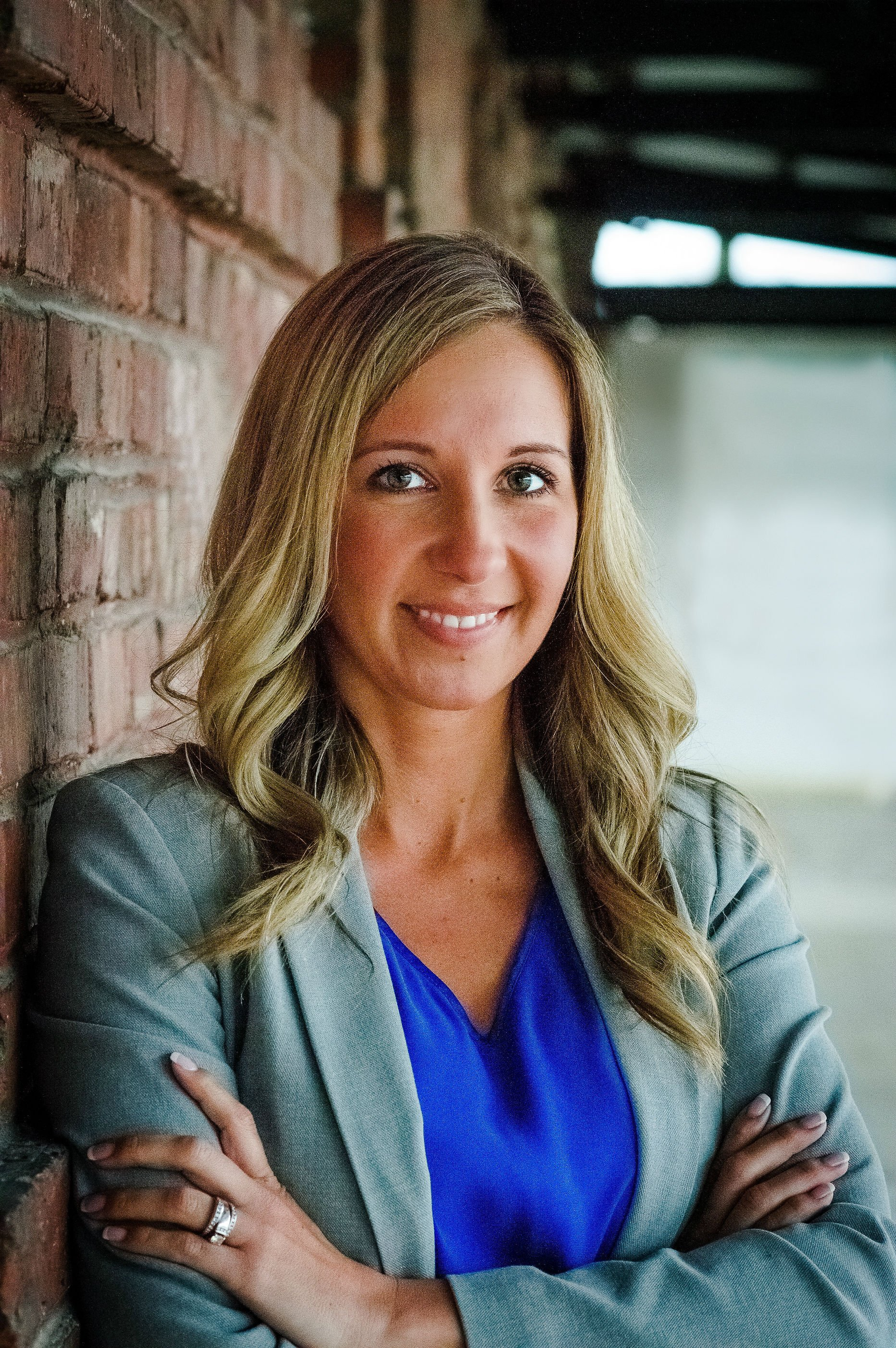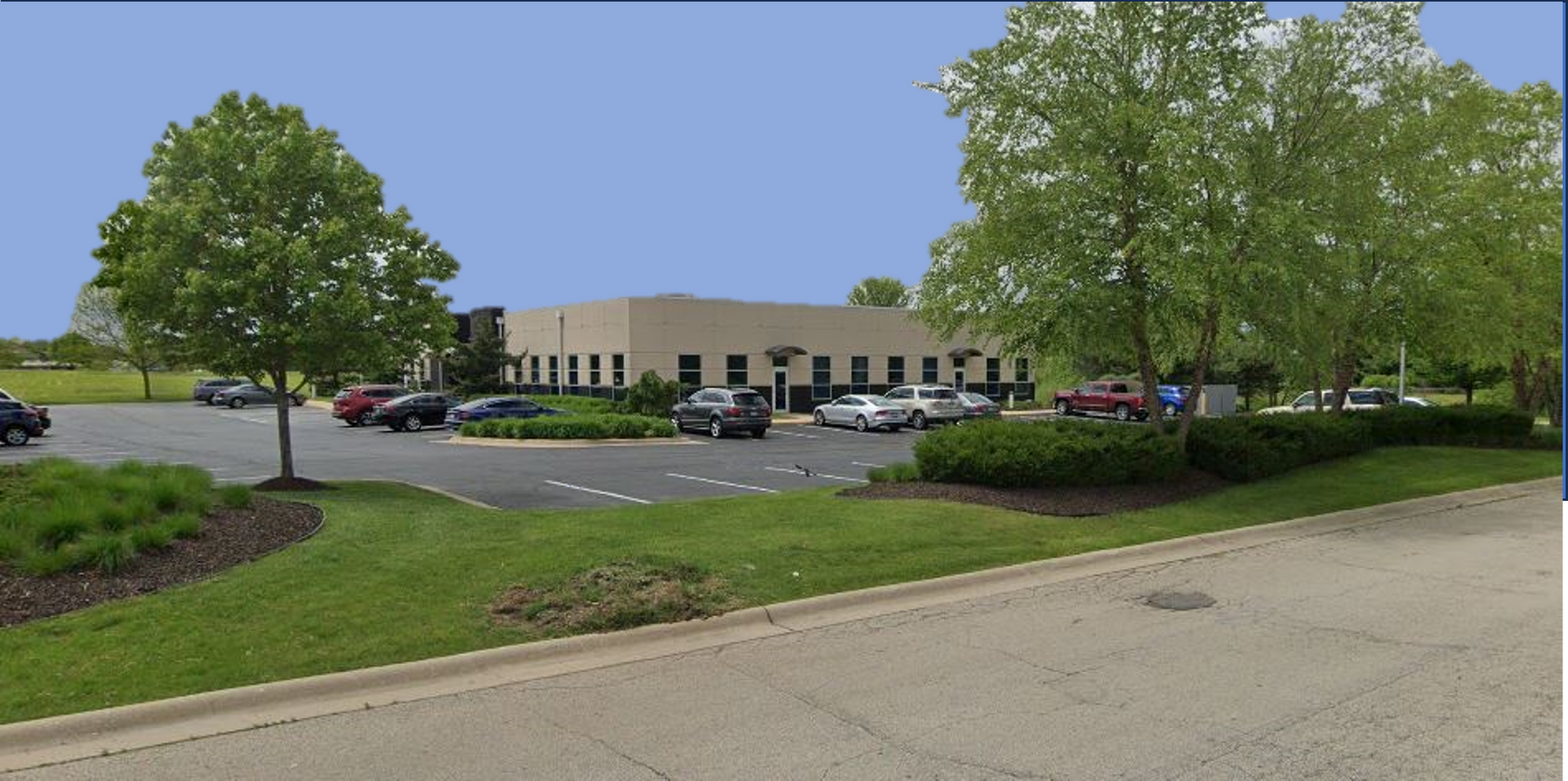Medicare Part D (Medicare Prescription Drug Coverage) Explained

Medicare is complicated.
That's why we are dedicated to helping Seniors unravel the confusion and make the best decisions for their individual needs.
At Almond Insurance, we know the importance of understanding what you’re signing up for.
Joe and Serenity Almond
Medicare Advisors
The Medicare Prescription Drug Coverage Gap
(the “Doughnut Hole”)
Most Medicare Part D plans have a coverage gap, sometimes called the “Doughnut Hole.” This means that after you and your drug plan have spent a certain amount of money for covered drugs, you have to pay all costs out-of-pocket for the drugs, up to a yearly limit. Your yearly deductible, coinsurance or copayments, and what you pay while in the coverage gap all count toward this out-of-pocket limit. The limit does not include the drug plan’s premium or what you pay for drugs that are not on your plan’s formulary or prescription drug list.
There are plans that offer some 250coverage during the gap, like for generic drugs. However, plans with gap coverage may charge a higher monthly premium. Check with the plan first to see if your drugs would be covered during the gap.
Once a person reaches the plan’s out-of-pocket limit during the coverage gap, “catastrophic coverage” automatically kicks in. Catastrophic coverage assures that once a person has spent up to the plan’s out-of-pocket limit for covered drugs, he or she will only pay a small coinsurance amount or a copayment for the rest of the year.
It is important to note that people who get Extra Help paying drug costs will not have a coverage gap and will pay a small or no copayment once they reach catastrophic coverage.
Request a Free Consultation (815) 494-4399
With a Medicare Advisor in Rockford, Illinois
Please call us or fill out our form to request a personal meeting so we can understand your circumstances, discuss your unique needs, review your budget, and recommend a plan that is right for you.

Medicare Consultation/Review
Thank you for requesting a meeting to discuss your needs. Our office will call or email a confirmation or arange an alternate day and time.
Please note: Meetings are only to be considered scheduled after a confirmation call or email has been made.
Please try again later


Almond Insurance
Your Personal Guide to Medicare
Call us to
schedule a personal consultation
6870 Rote Rd # 103, Rockford, IL 61107

© 2023 All Rights Reserved | Almond Insurance ADA Accessibility Statement | Privacy Policy
We may not offer every plan available in your area. Currently we represent Medicare Advantage organizations which offer different plan options in your area. Please contact Medicare.gov, 1-800-MEDICARE, or your local State Health Insurance Program (SHIP), to get information on all of your options.
This website is not an official government website. It is operated by Almond Insurance and is not affiliated with the Centers for Medicare and Medicaid Services (CMS). The information on this website is not a substitute for professional medical advice. Please consult with your doctor or other healthcare provider for more information about your specific health needs. This website is a solicitation for insurance. By providing us with your contact information, you agree that an authorized representative or licensed insurance agent or producer may contact you by telephone, email, or mail to answer your questions or provide additional information about Medicare Advantage, Part D, or Medicare Supplement Insurance plans.